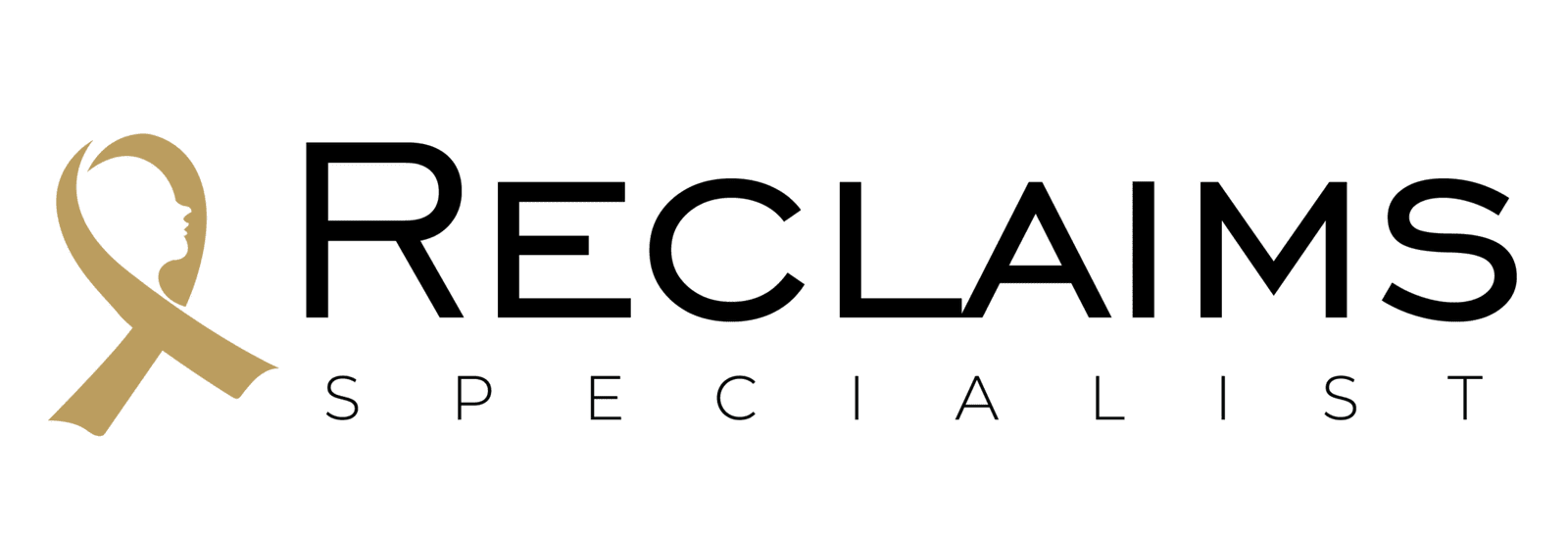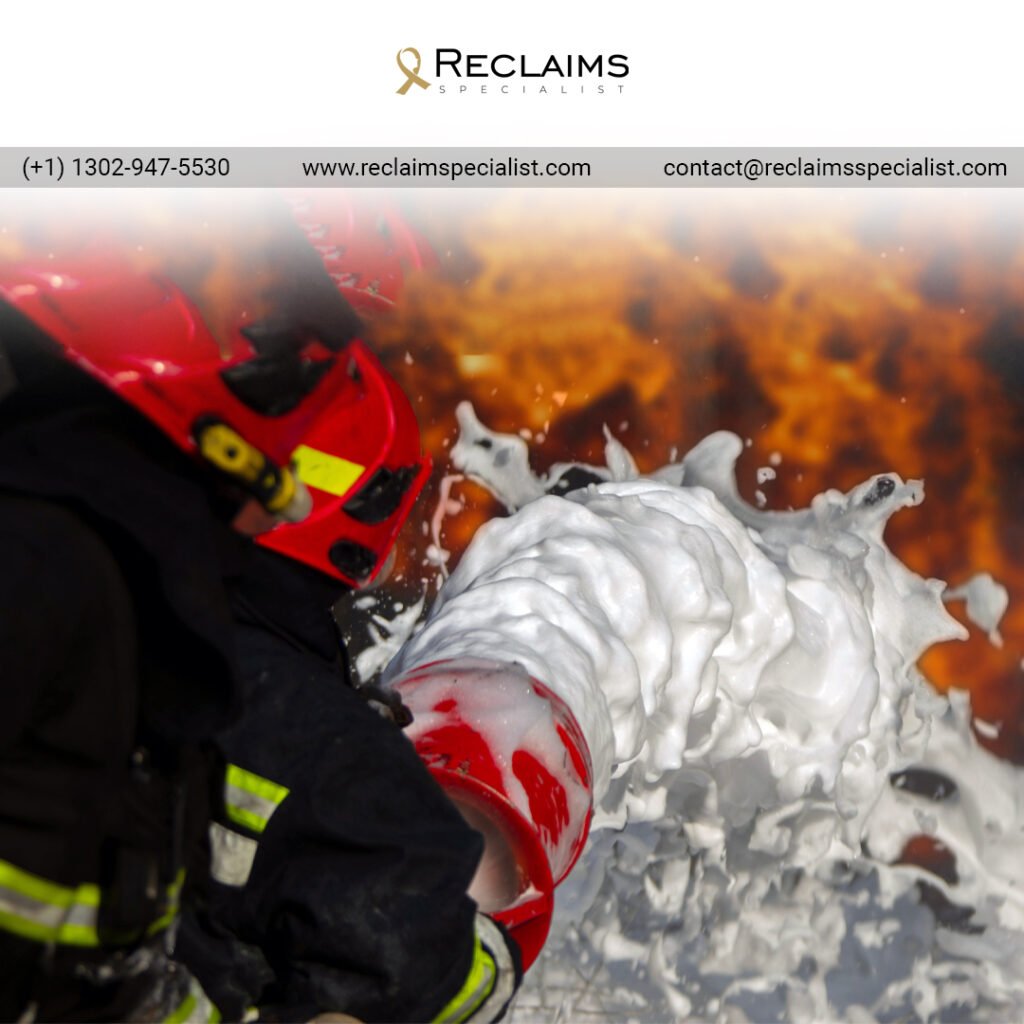
The Greatest Law Firm You Can Trust
AFFF in Fire Suppression: A Comprehensive Overview
Fire suppression is a critical aspect of safety in various industries, and choosing the right suppression agent is crucial. One such agent, Aqueous Film Forming Foam (AFFF), has been widely used for decades due to its effectiveness in extinguishing flammable liquid fires. This blog provides a comprehensive overview of AFFF in fire suppression, exploring its components, benefits, applications, and addressing common questions.
What is Aqueous Film Forming Foam (AFFF)?
Aqueous Film Forming Foam (AFFF) is a fire suppression agent designed to combat Class B fires, which involve flammable liquids such as gasoline, oil, and other hydrocarbons. AFFF works by forming an aqueous film on the surface of the burning liquid, cutting off the oxygen supply and thereby extinguishing the fire. This film also prevents the release of flammable vapors, reducing the risk of re-ignition.
Components of AFFF
AFFF is a complex mixture of several components:
- Surfactants: These reduce the surface tension of the water, allowing it to spread quickly over the flammable liquid surface and form a thin film.
- Solvents: These help dissolve the surfactants and maintain the foam’s stability.
- Water: Acts as the base and carrier for other components.
- Foaming Agents: These produce the foam bubbles that help blanket the fire and insulate it from oxygen.
Benefits of AFFF
AFFF offers several advantages in fire suppression:
- Rapid Action: The aqueous film quickly spreads over the fuel surface, providing rapid extinguishment.
- Cooling Effect: The water content in AFFF helps cool the fire and surrounding areas, reducing the risk of re-ignition.
- Vapor Suppression: By forming a barrier, AFFF prevents the release of flammable vapors.
- Versatility: AFFF is effective against a wide range of flammable liquid fires, making it suitable for various applications.
Applications of AFFF
AFFF is used in a variety of settings, including:
- Aviation: To extinguish fuel fires on aircraft and at airports.
- Petrochemical Industries: For fires involving oil and gas products.
- Marine: On ships and in offshore platforms where flammable liquids are present.
- Firefighting Services: By municipal fire departments for incidents involving flammable liquids.
- Military: For fuel fires and other flammable liquid hazards.
Environmental and Health Concerns
While AFFF is highly effective, it has raised environmental and health concerns due to the presence of per- and polyfluoroalkyl substances (PFAS). These chemicals are persistent in the environment and can accumulate in living organisms, posing potential health risks. As a result, there is a growing push towards finding safer alternatives and improving regulations for the use of AFFF.
FAQs
- What is AFFF used for?
AFFF is used for extinguishing Class B fires involving flammable liquids such as gasoline, oil, and other hydrocarbons. It is commonly used in aviation, petrochemical industries, marine environments, firefighting services, and the military.
- How does AFFF work?
AFFF works by forming an aqueous film on the surface of the burning liquid, cutting off the oxygen supply and extinguishing the fire. It also prevents the release of flammable vapors, reducing the risk of re-ignition.
- Are there any environmental concerns associated with AFFF?
Yes, AFFF contains per- and polyfluoroalkyl substances (PFAS), which are persistent in the environment and can accumulate in living organisms. These chemicals pose potential health risks, leading to increased efforts to find safer alternatives.
- What are the components of AFFF?
AFFF is composed of surfactants, solvents, water, and foaming agents. These components work together to form a thin film over the flammable liquid surface, extinguishing the fire and preventing re-ignition.
- Can AFFF be used for all types of fires?
No, AFFF is specifically designed for Class B fires involving flammable liquids. It is not suitable for Class A fires (ordinary combustibles) or Class C fires (electrical equipment).
Conclusion: Partner with Reclaim Specialist
Understanding the role and applications of Aqueous Film Forming Foam (AFFF) is crucial for industries that deal with flammable liquids. For those seeking expert guidance and solutions in fire suppression, partnering with a reputable company can make all the difference. Reclaim Specialist offers comprehensive services and products tailored to meet your fire suppression needs. With a commitment to safety and environmental responsibility, Reclaim Specialist provides cutting-edge solutions to ensure effective and sustainable fire suppression.
Reclaim Specialist is a leading provider of fire suppression solutions, specializing in AFFF and other advanced fire-fighting agents. Their team of experts offers customized services, from product selection and system design to installation and maintenance, ensuring your operations are protected against fire hazards. By choosing Reclaim Specialist, you can trust that your fire suppression needs will be met with the highest standards of quality and safety.
Follow Me

Contact Info
- 23 Street, New York City, United States Of America
- (+1) 1302-947-5530
- contact@reclaimsspecialist.com
- 24 x 7
© 2021 | All Rights Reserved | The information provided on this site is not intended to be legal advice. For advice specific to your situation, please consult an attorney. We welcome your calls, letters, and emails, but contacting us does not establish an attorney-client relationship. Please refrain from sending confidential information until an attorney-client relationship has been formally established. We are admitted to practice in New Jersey, New York, Hawaii, California, Ohio, Minnesota, and Washington D.C., as well as before federal agencies and tribunals.
